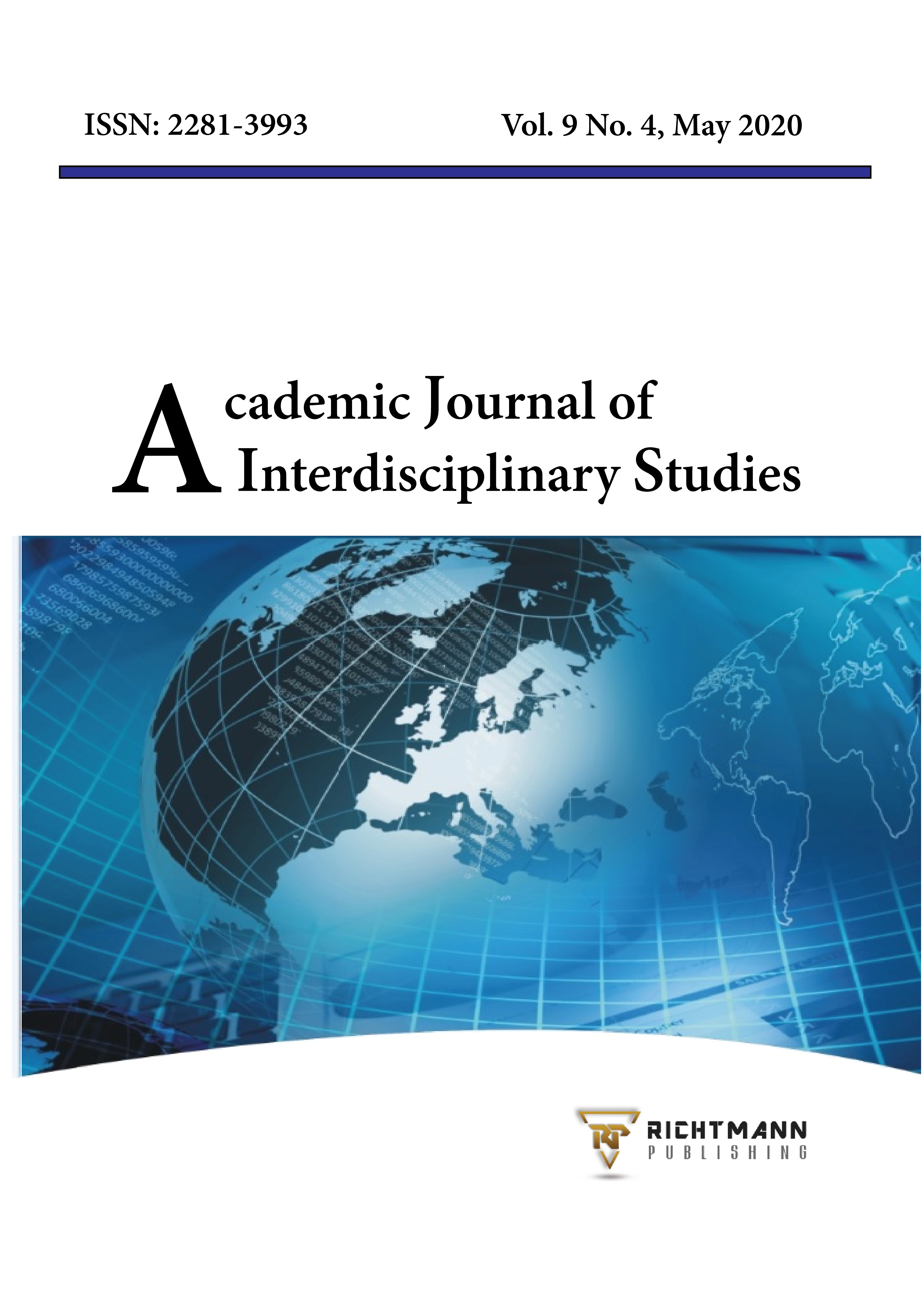Balanced Scorecard: Key Tool for Strategic Learning and Strengthening in Business Organizations
DOI:
https://doi.org/10.36941/ajis-2020-0036Abstract
The Balanced Scorecard has been conceived as a key tool in administrative management processes, becoming significant contributions for business organizations. The objective of the article was to analyze the intention of analyzing the perspectives, advantages and possible barriers that limit the success and / or applicability of this administrative tool, achieving through the theoretical bases to demonstrate the usefulness of this management tool, which today It constitutes a coherent instrument whose indicators determine the parameters for the management measurement. The research had a descriptive-explanatory character, with longitudinal design. A digital documentary analysis was applied. The results were analyzed using the Balanced Scorecard Usage Survey 2018 system. The study revealed that this tool is considered an important contribution to the organizational management, with a high satisfaction for its use, finally guidelines for new investigations are recommended analyzing the causes of bad practices in its design and implementation.
Downloads
Downloads
Published
Issue
Section
License
This work is licensed under a Creative Commons Attribution-NonCommercial 4.0 International License.








